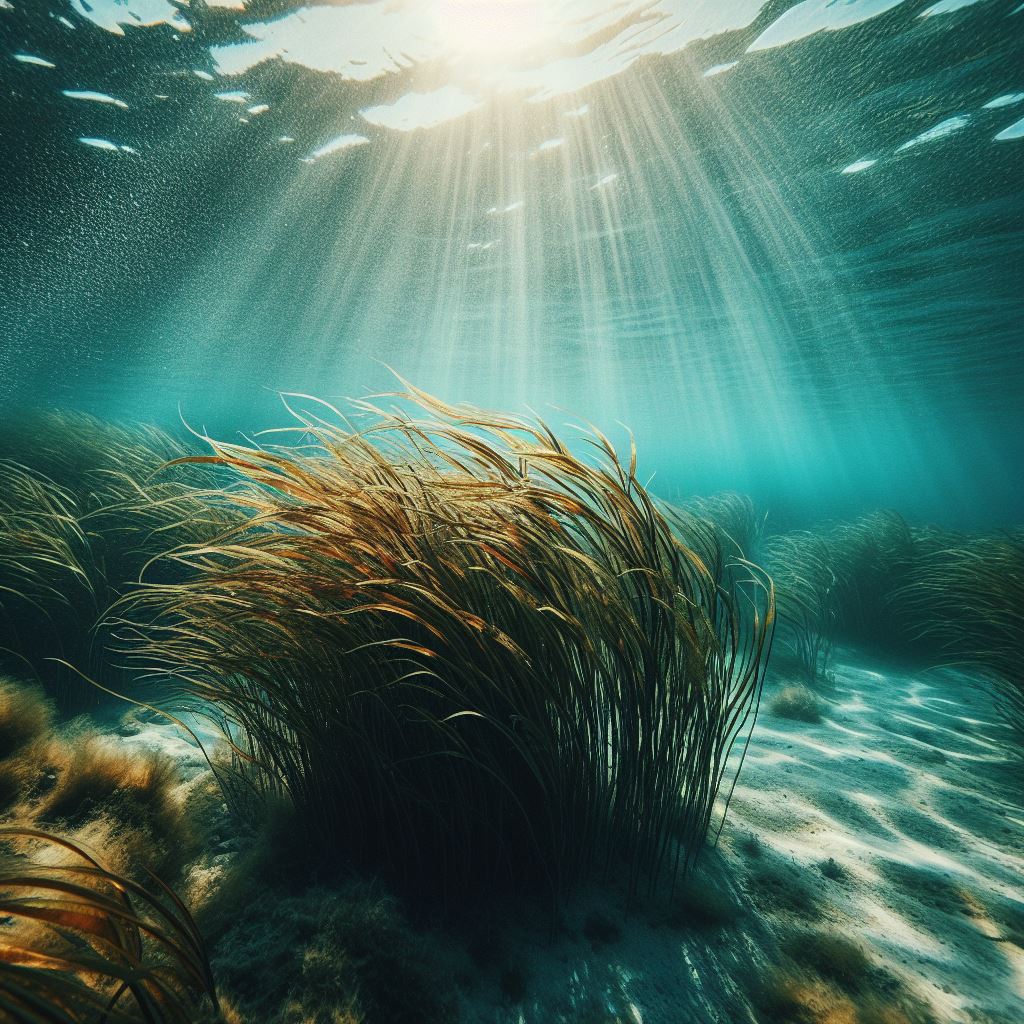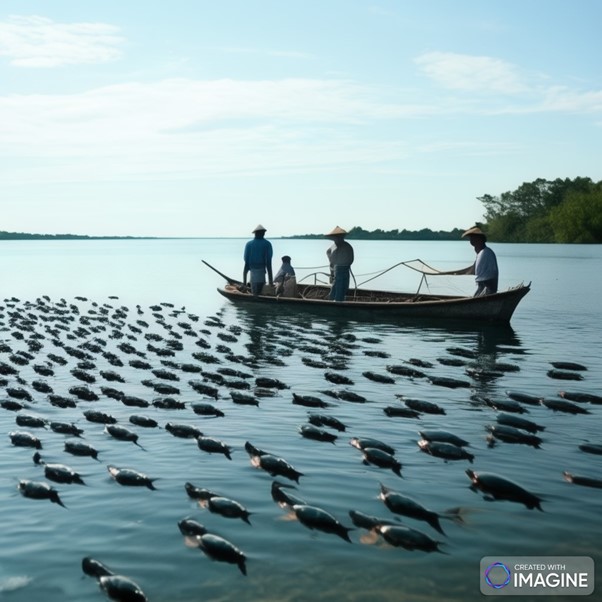Impact of habitat destruction toward aquaculture
Article By: Farah Izana Abdullah
The impact of habitat destruction on aquaculture can be serious and widespread, affecting both ecosystems and the aquaculture industry itself. Here are some key impacts:
- **Loss of Natural Habitat**: Habitat destruction, such as coral reefs, mangrove forests, and seagrass beds, can damage the natural habitats of aquatic organisms. Species cultivated in aquaculture might rely on these habitats for certain stages of their life cycle.
- **Reduction in Wild Stock Availability**: Destruction of natural habitats can lead to a decline in populations of wild species that can be cultured. This can reduce opportunities for wild stock capture or for using wild populations as a source of genetic material for aquaculture stock enhancement.
- **Alteration of Water Quality**: Natural habitats like mangrove forests and seagrass beds provide ecosystem services that help maintain water quality. Habitat destruction can lead to changes in water parameters such as turbidity, temperature, and dissolved oxygen, which can affect the health and growth of cultured aquatic organisms.
- **Delays in Stock Supply**: Destruction of natural breeding and growth environments for certain aquatic species can lead to delays in supplying stock for aquaculture purposes, especially if those species require specific habitats for early development.
- **Ecosystem Instability**: Habitat destruction can disrupt marine or aquatic ecosystem balance. This can lead to increased risks of disturbances such as toxic algae blooms or the growth of pathogen populations that can affect aquaculture stocks.
- **Loss of Genetic Diversity**: Destruction of natural habitats can lead to a loss of genetic diversity within species populations. This can result in insufficient genetic diversity in aquaculture stocks derived from those species, making them more susceptible to diseases and environmental changes.
- **Reduction in Food Resources**: Natural habitats often provide food resources for aquatic species. Habitat destruction can reduce the availability of natural food, which might necessitate the use of artificial feed in aquaculture operations.
- **Coastal Damage**: Habitat destruction, such as mangrove forests, can lead to coastal erosion and degradation. This can result in coastal instability issues, affecting both land-based and coastal aquaculture areas.
- **Increased Pressure on Resources**: Destruction of natural habitats can force the aquaculture industry to become more reliant on natural resources and fishing activities that might already be impacted by habitat destruction.
- **Dependency on Technology**: With the destruction of natural habitats, the aquaculture industry might need to rely more on advanced technologies, such as sophisticated water management systems and complex feeding arrangements, to maintain aquarium or pond conditions.
Therefore, preserving natural habitats and implementing sustainable aquaculture practices are crucial to minimizing the negative impacts of habitat destruction on this industry. Balancing economic development with habitat conservation is vital for the future of sustainable aquaculture.
Date of Input: 27/07/2023 | Updated: 07/09/2023 | s_humaira
MEDIA SHARING




























